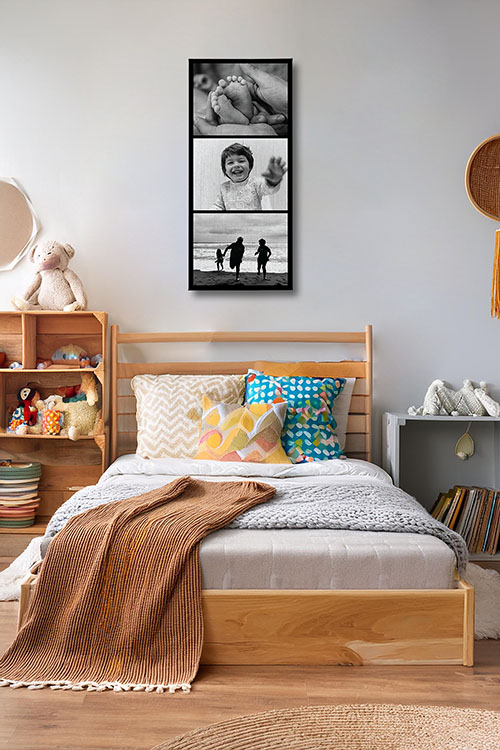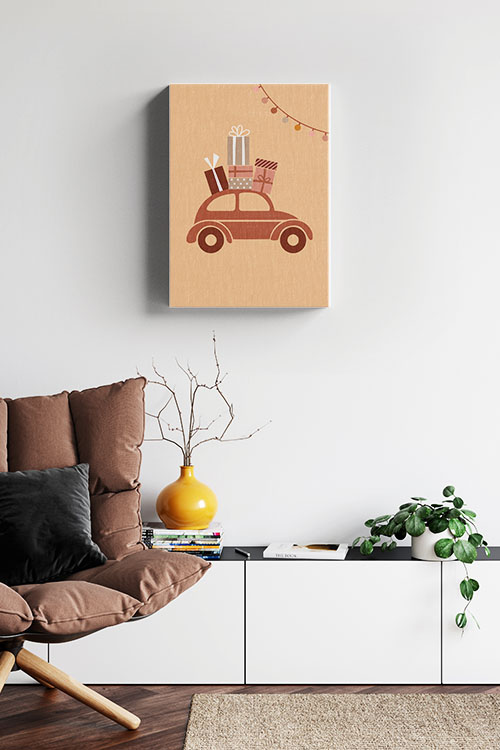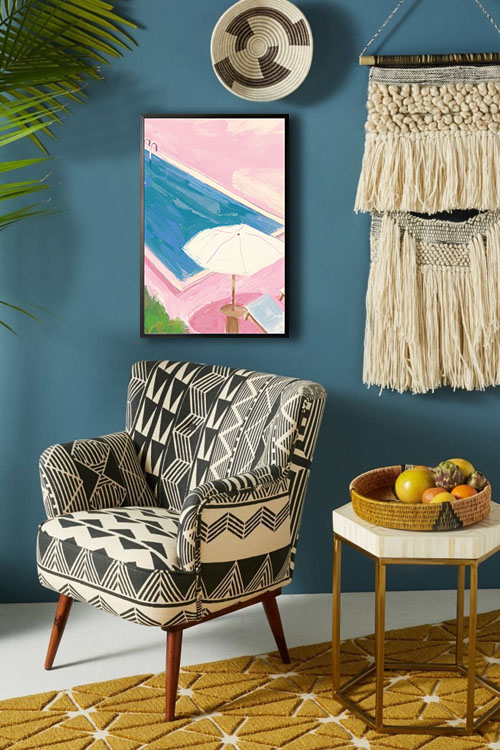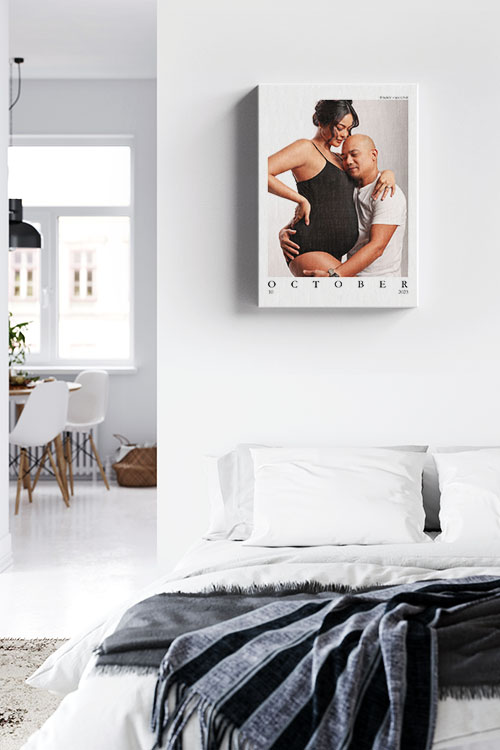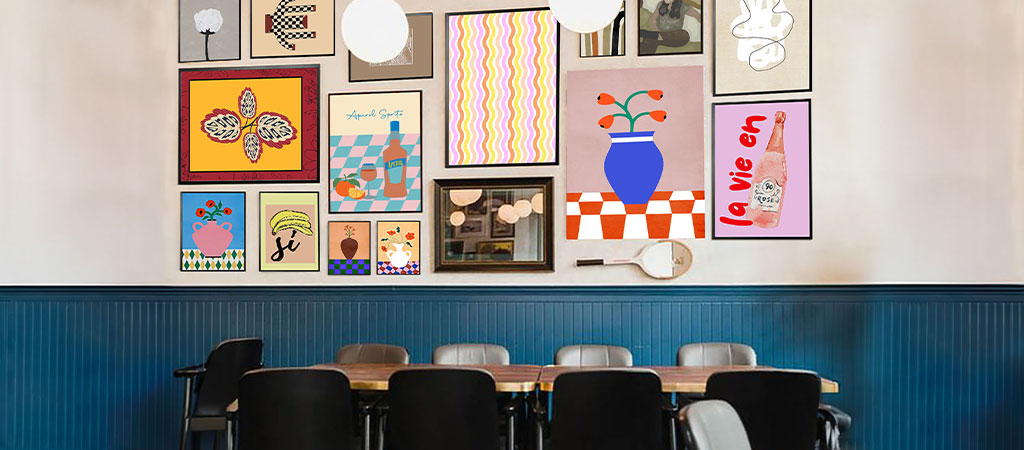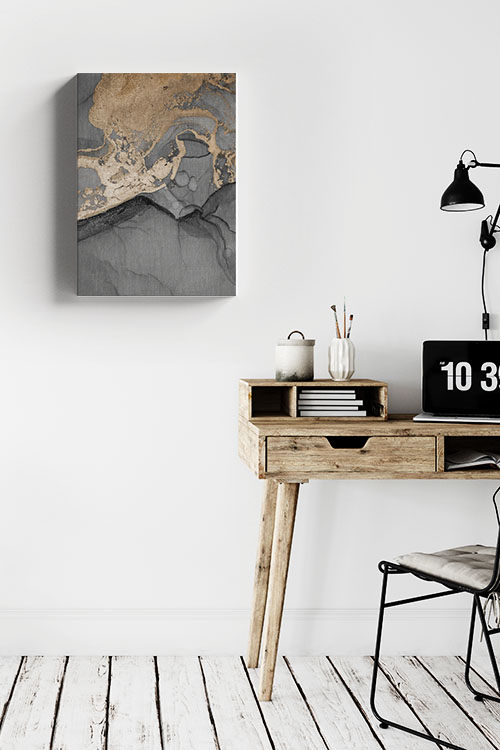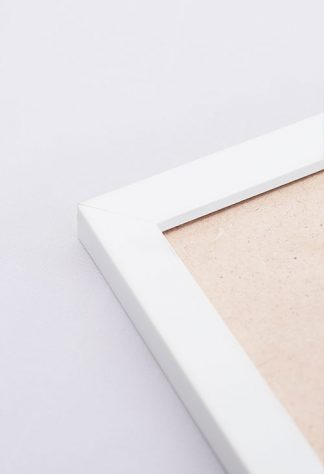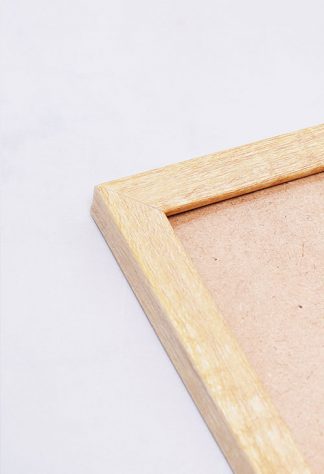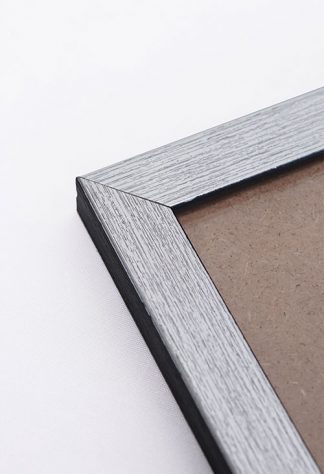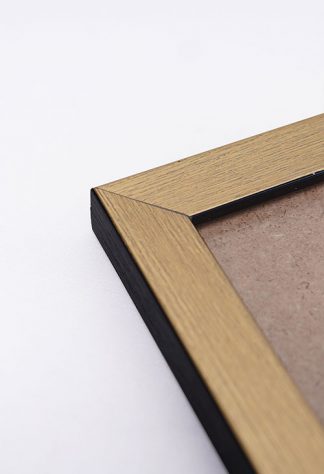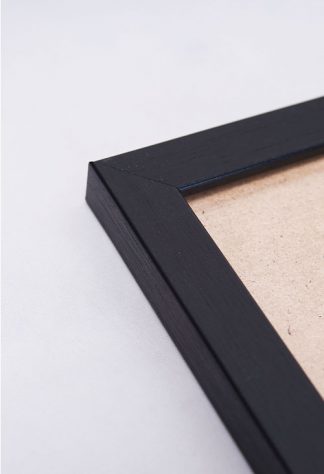
As the festive season approaches, the joy of decorating your home for Christmas is a cherished tradition that brings warmth and excitement. Whether you prefer classic elegance or a modern touch, here are some inspiring ideas to transform your space into a holiday wonderland.
The Perfect Christmas Tree
The Christmas tree is the centerpiece of holiday decor. Choose a natural or artificial tree that suits your space, and adorn it with ornaments, lights, and a meaningful topper. Wear red, green, and gold ornaments for a traditional look. Alternatively, a monochromatic theme, such as white and silver, adds a modern, sophisticated vibe. Layer string lights from the trunk outward to create depth, and finish with a festive tree skirt or basket to hide the base.
Enchanting Lighting
Lighting plays a crucial role in setting a cozy and magical atmosphere. Drape twinkling string lights along mantels, staircases, and windows. Real or battery-operated candles add a warm glow; choose festive scents like cinnamon or pine for an extra sensory touch. Lanterns and fairy lights in jars can also enhance your tabletops and corners, creating a comforting and relaxing ambiance.
Festive Front Door
Welcome guests with a festive wreath on your front door. For a rustic look, opt for one made of natural materials like pinecones, holly, or eucalyptus, or choose a glam version with glitter and metallic accents. Add a doormat with a cheerful holiday message and frame the doorway with garlands or string lights.
Cozy Living Spaces
Transform your living room into a festive haven with holiday-themed throw pillows, blankets, and rugs. Incorporate seasonal patterns like plaids or snowflakes for a touch of holiday cheer. A fireplace mantel can be adorned with stockings, garlands, and candles. Add personal touches like family photos in Christmas-themed frames or handmade crafts.
Dining Room Elegance
For holiday meals, create a stunning tablescape. Use a runner or tablecloth in rich reds, greens, or metallics, and layer with festive plates, napkins, and chargers. Centerpieces can include fresh greenery, ornaments in a bowl, or a candle arrangement. Use name cards and small favors like candy canes or ornaments to make guests feel special.
Kitchen Festivities
Extend your decorations to the kitchen by adding seasonal towels, pot holders, and small accents like a bowl of ornaments or a tiny Christmas tree on the counter. Hang mini wreaths on cabinet doors or string lights along shelves.
Whimsical Outdoor Displays
Make your outdoor spaces inviting with string lights on trees and bushes, illuminated reindeer or snowmen, and lighted pathways. To frame your porch, add decorative planters filled with evergreens and berries. Remember to use outdoor-rated extension cords and keep electrical connections dry to ensure safety.
Incorporate handmade decorations for a personal and budget-friendly touch. Make paper snowflakes, salt-dough ornaments, or garlands from dried orange slices. This can be a fun family activity involving children in the decorating process. Display holiday cards received from friends and family for an added connection.
This Christmas, let your creativity shine. By blending timeless traditions with your unique style, your home will radiate the warmth and joy of the season, creating cherished memories for all.
